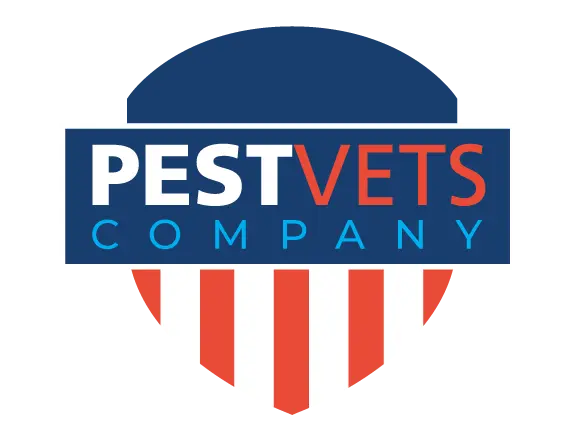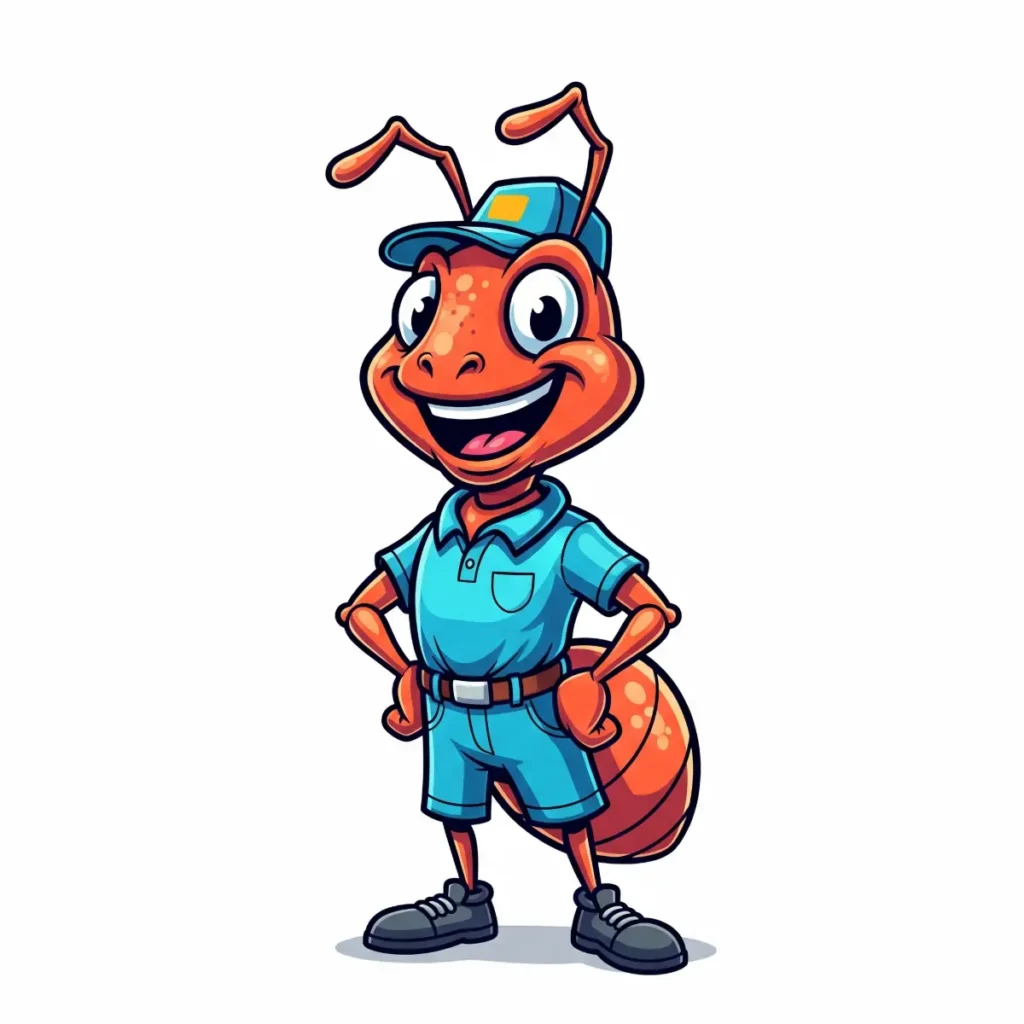Bald-Faced hornets are large and can be aggressive. They are black in color and range from 1 to 1½ inches long. Bald-Faced hornets are much thicker in stature than Paper Wasps and have two body sections with one pair of wings.
These hornets are considered to be not quite as aggressive or difficult to control as Yellow Jackets, but they are still regarded as dangerous due to the size of the insect and relatively more intrusive sting.
A Bald-Faced Hornet nest will typically be in a tree or shrub and be a classic, oval shape. The nests are made of paper (a solution of insect saliva and chewed material) and have several tiers of eggs inside. These nests are usually about the size of a basketball by the time they are noticed by anyone and are likely to be found in rhododendron bushes. The entry/exit hole is usually at the apex and usually at the bottom of the nest structure. There are usually between 60 to 100 hornets in a nest the size of a basketball.
Bald Faced Hornets Family
All wasps fall under the beneficial insect category in that they pollinate flowers and are predators of flies, caterpillars, aphids, and other insect pests. However, for people who are allergic to the stings, the problems far outweigh the benefits, and proper means must be taken to avoid being stung. This is not to say for those of us who are not allergic should be unconcerned about getting stung. Even if you are not allergic you will most likely experience quite a bit of pain after a sting. It is best for people who are known to be sensitive to stings to consult a professional to rid homes, businesses and yards of pests.
In order to identify these pests it is helpful to understand each of the following pest’s nature and lifecycle. The social wasps (i.e. Yellow Jackets, Hornets, and Paper Wasps) are ones that we see most frequently. The easiest way to distinguish the difference wasps is to look at the size of the wasp and the pattern on the abdomen. Most workers will survive only a season while reproductive wasps will survive over winter and start up each spring depending on weather conditions.



